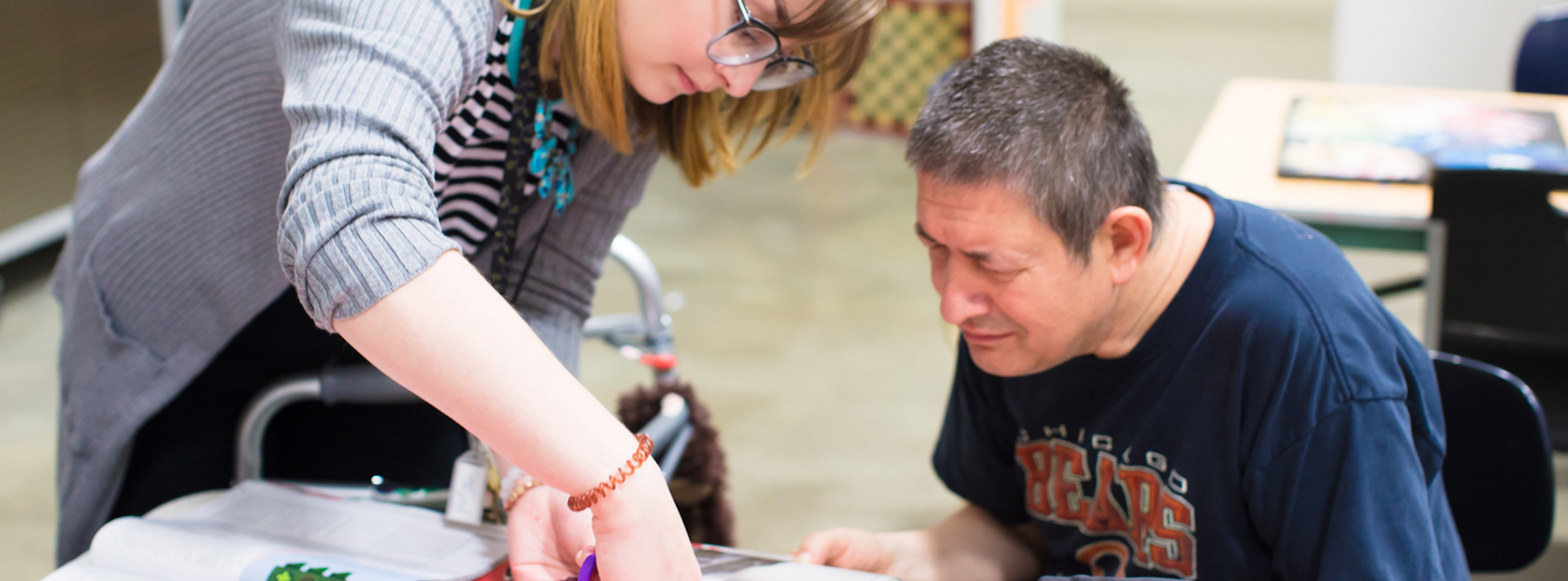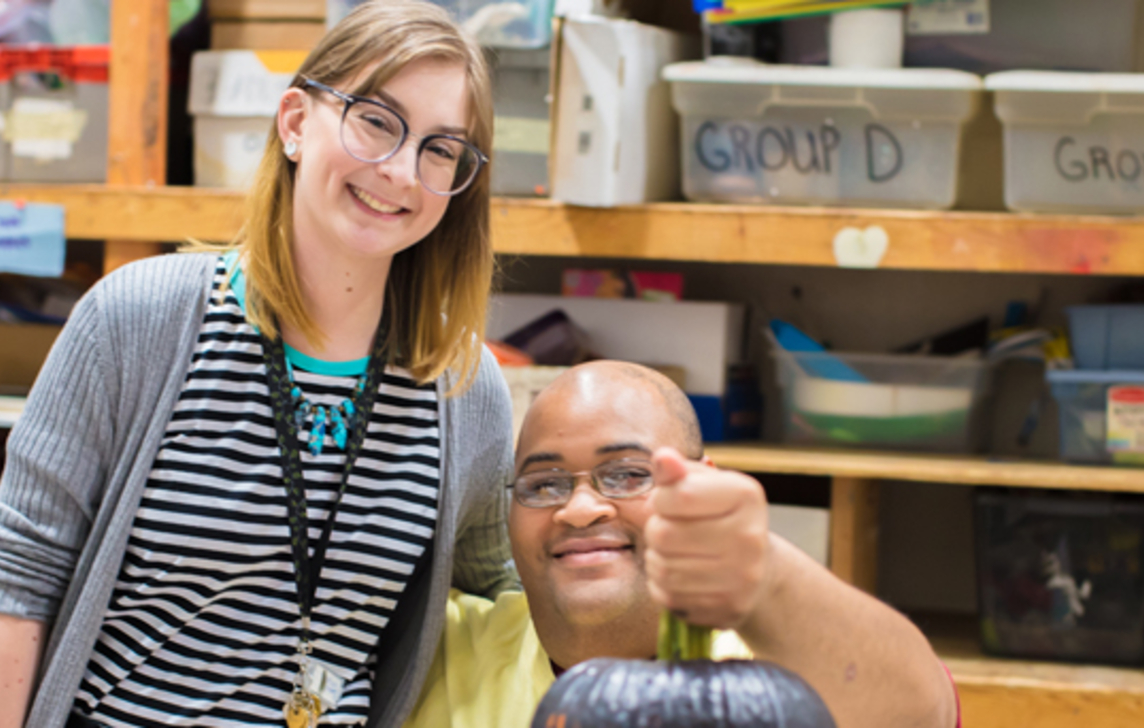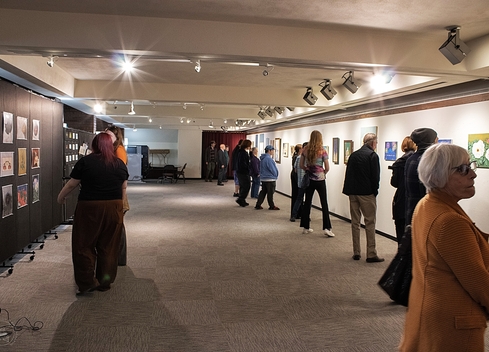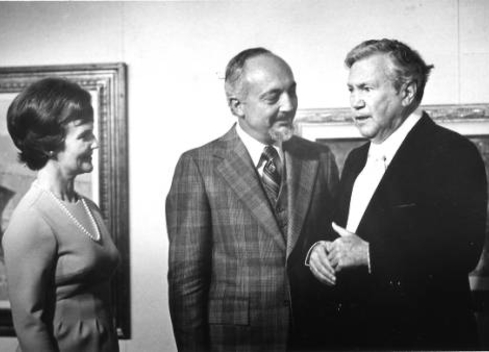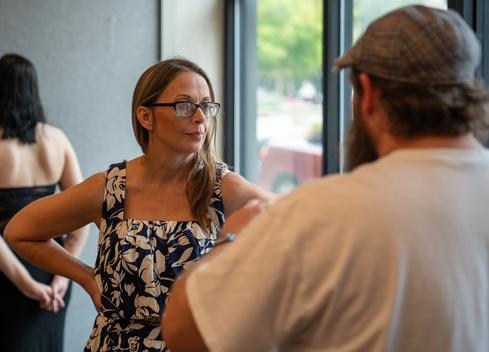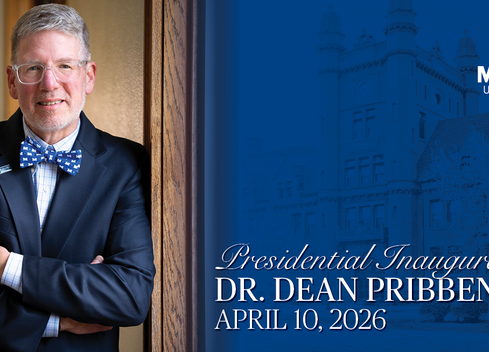Program Highlights
Use your skills in art and psychology to make a difference in the world. Propel your own creative process and that of others.
This program of study is offered for students who wish to prepare for a career that uses art as a form of therapy. Successful completion of course requirements in studio art, psychology, art therapy, and community internships will enable the student to apply to selected art therapy graduate programs to continue education toward a Master's Degree in Art Therapy, registration, and board certification. This program also provides preparation for students to apply for entry-level human service positions in various settings such as psychiatric institutions, medical centers, rehabilitation centers, behavioral health centers, community centers, libraries, and correctional facilities.
Option 1) Students may choose the B.F.A. degree in Art Therapy, which requires a minimum of 60 credits in art, 18 credits in psychology, and a successful B.F.A. Thesis Exhibition in 2 areas of studio art. Millikin is one of just a few BFA Art Therapy majors in the country. This is the professional option for fine artists.
Option 2) Students may also choose the B.S. in Art Therapy. The B.S. program requires 2 additional classes in either a math or science and 1 science lab. The B.S. program is lighter, with fewer studio art requirements, and allow students time to add a second major. This path is best for students wanting a broader arrangement of courses throughout the university.
Popular Courses Include
- Introduction to Art Therapy
- Art Therapy Materials
- Art Therapy Seminar
- Introduction to Expressive Therapies
- Art Therapy with Specific Populations
Internships
Millikin art therapy students complete 3 community internship placements assisting or leading art activities that are life-enhancing and fun, but not considered “therapy” because conducting “therapy” is outside the professional scope of practice for undergraduate students.
Sage Lash interns at The Vault, a teen after-school program, in Clinton, IL, and provides a weekly art group. She says,
"Interning at The Vault and doing art with the teens has been rewarding. The art projects and the directives I create for the vault are meant to teach the teens that doing art can be fun, relaxing, and therapeutic. Although our artmaking is not therapy, these different art projects and their directives have helped the teens to be able to recognize and talk about their emotions better. During one of my art groups, the teens talked about how they noticed the soothing benefits art can have on them."
Learning Goals
Students Will:
- Gain an understanding of the history, influential pioneers, and theoretical foundations upon which art therapy was established.
- Explore the use of art therapy with different populations in a variety of treatment settings.
- Enhance critical thinking skills by analyzing published scholarship in art therapy.
- Employ art making skills through studio practice.
